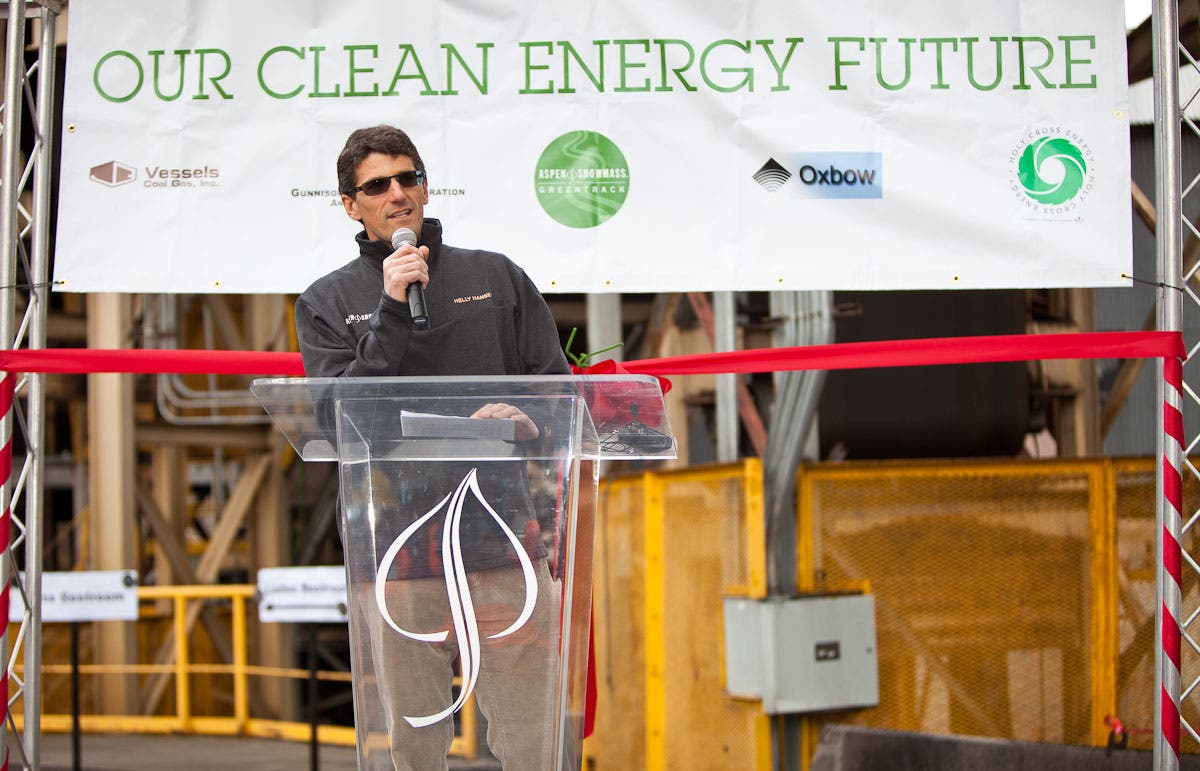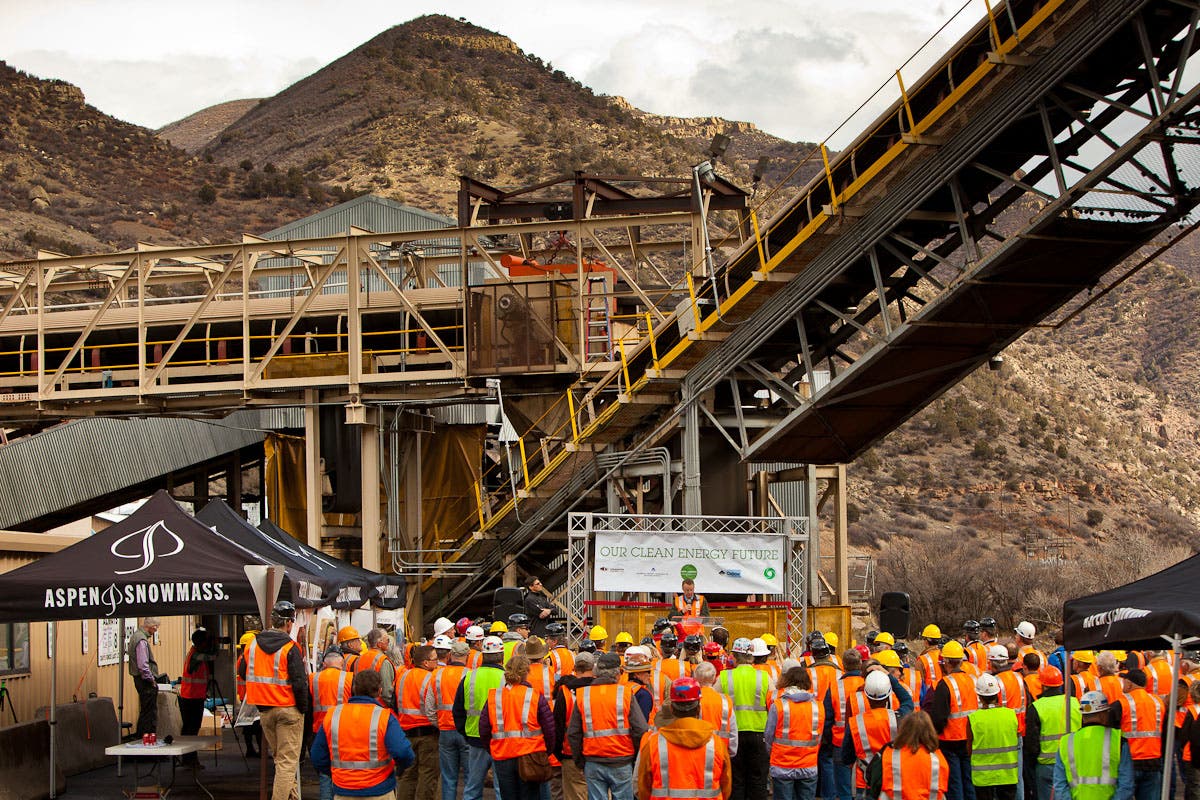This Colorado Ski Area Understands Climate Change, So It Turned a Coal Mine Into a Power Plant

Photo credit: Keri Bascetta (Photo: Keri Bascetta)
Here’s a big number to chew on: There are 48,528 abandoned coal mines in the U.S. that continue to release methane into the environment.
Nearly a decade ago, Aspen Skiing Company gambled that repurposing one of these old mines into a plant that converts methane into electricity would pay dividends over the years.
Turns out, they were right. The power plant at Elk Creek Mine, south of the ski resort in Gunnison County, has produced more energy than the resort has used at its four ski areas combined.
“There are none like [this power plant] in the U.S.,” says Auden Schendler, Aspen Skiing Co.’s senior vice president for sustainability and community engagement. “Yet methane is this huge climate problem that is more easily solved than CO2. So as a model, it’s critically important.”

This week, Aspen Skiing Co. shared its first progress report on the power plant and revealed that the company has only $750,000 left to recoup on an investment that originally cost $5.34 million. (Original projections had them recouping on the initial investment in 10 to 15 years, putting them slightly ahead of schedule.)
More importantly, Ski Co. has kept 250 billion cubic feet of methane from reaching the atmosphere—roughly the equivalent of getting over 500,000 cars off the road for a year, according to an Aspen Times article. Methane is a greenhouse gas, so it readily absorbs the sun’s heat and contributes to overall warming.
The financial success of the plant, while secondary to the environmental impact, is also incredibly important—especially when it comes to incentivizing other businesses to potentially go this route themselves. The plant at Elk Creek Mine generates between $100,000 to $150,000 a month in sales of electricity and carbon credits to local power company Holy Cross Energy.
But, Schendler says, we need more—many more—businesses willing to make the initial investment, as there are tens of thousands of coal mines hemorrhaging methane into our air and slowly suffocating our atmosphere.
“We wanted to provide a public update to draw attention to the project and the issue of methane leakage nationwide. Other people need to start doing this,” Schendler implores. “If we intend to slow warming, we need to tackle methane much more aggressively than we have.”

While the success of this project is great news, Ski Co. already has its next project in the pipeline: Heating buildings with electricity rather than natural gas. “If you build a new structure and heat it with natural gas, it will emit CO2 for its lifetime,” Schendler explains. “But if you heat it with electricity, it will get greener every year as the grid adds more renewables.”
The company is building employee housing in Basalt that’s all electric, and will continue to electrify all new buildings going forward.
While he acknowledges that the shift from natural gas will be difficult and that the heat-pump technology used for heating with electricity is relatively new and more expensive, Schendler insists that this is the path to stalling climate change. (Read his and executive chair of the Rocky Mountain Institute Ted White’s widely published op-ed on the subject here.)
“Methane was a push on policy and a demonstration project. Now we’re doing the same thing with building electrification. To stop climate change, we need to electrify buildings,” Schendler says pointedly. “Gas tends to be cheaper to run buildings on than electricity, and that’s because we haven’t included the costs of pollution in the cost of gas. That will likely change.”